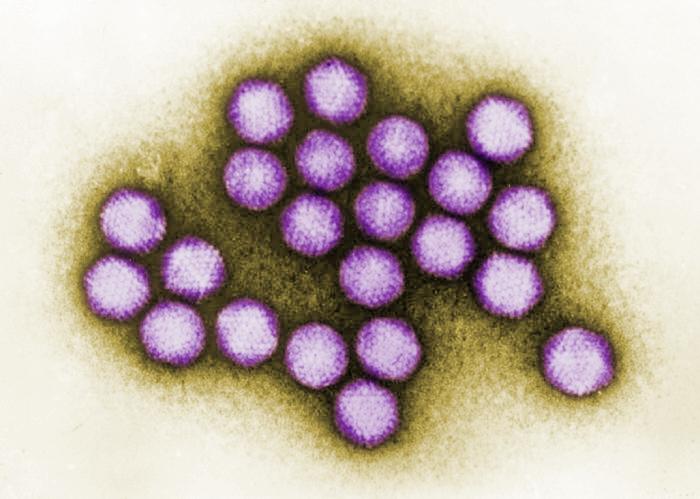Pharmaceutical company Merck said yesterday that results from phase 3 clinical studies and real-world evidence indicate that an investigational, 21-valent (21-strain) pneumococcal conjugate vaccine produces an immune response for all 21 serotypes covered and is protective against the pneumococcal serotypes responsible for most pneumococcal disease in adults 50 and older.
At the annual meeting of the International Society of Pneumonia and Pneumococcal Diseases, company officials said data from multiple phase 3 studies showed that V116, which was specifically designed to prevent pneumococcal disease and pneumococcal pneumonia in adults, was immunogenic for all 21 serotypes covered by the vaccine in a variety of adult populations 50 and older. That includes those with increased risk of pneumococcal disease and both pneumococcal vaccine-naïve and pneumococcal vaccine-experienced adults.
V116 also elicited higher immune response than the pneumococcal 15-valent conjugate vaccine (PCV15) and the polyvalent pneumococcal vaccine (PPSV23) for the eight unique Streptococcus pneumoniae serotypes it covers.
Real-world data
In addition, preliminary data from the real-world Pneumococcal Pneumoniae Epidemiology, Urine Serotyping, and Mental Outcomes study showed that, of the 242 serotypes found among 2,065 adults aged 50 and over who had community-acquired pneumonia from 2018 through 2022, about 84% were covered by V116. Roughly 25% of those serotypes were covered only by V116 and not by PCV15 or PCV20.
"The extensive data presented this week reaffirm our confidence in the potential clinical value V116 could provide to a range of adult populations," Eliav Barr, MD, senior vice president, chief medical officer, and head of global development at Merck Research Laboratories, said in a company press release. "We are encouraged by the results of these studies showing that V116 has generated immune responses to the serotypes responsible for the majority of adult invasive pneumococcal disease."
The Food and Drug Administration (FDA) granted Merck priority review of its application for approval of V116 in December 2023. The FDA has set a target action date of June 17, 2024.
We are encouraged by the results of these studies showing that V116 has generated immune responses to the serotypes responsible for the majority of adult invasive pneumococcal disease.

















